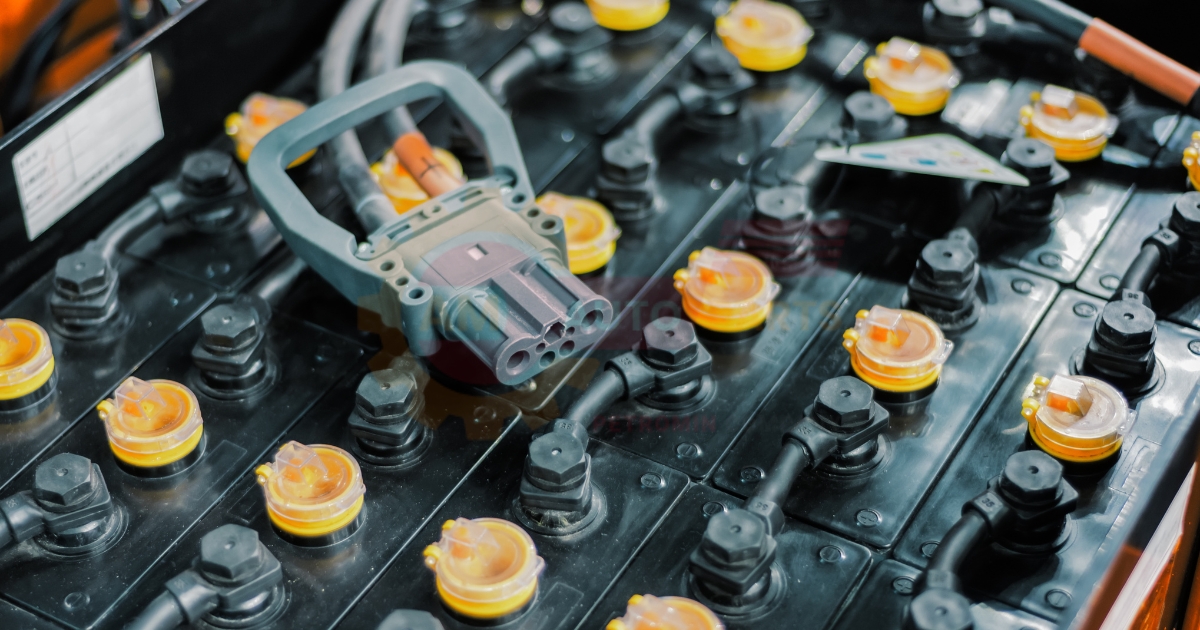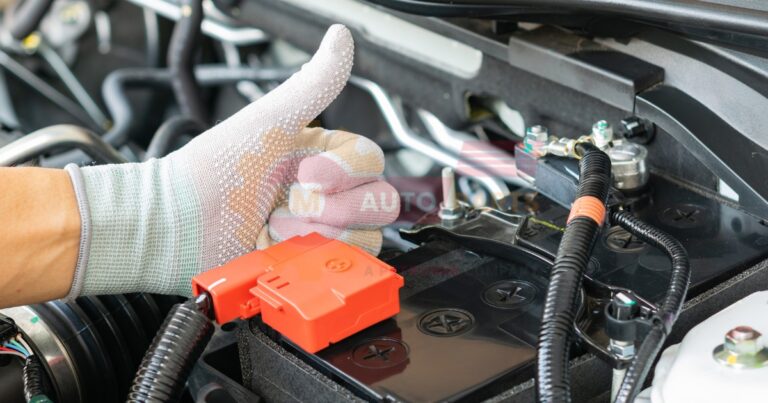A car battery is the heart of your vehicle’s electrical system. It powers everything from the ignition to the lights and the radio. Understanding how car battery recharge works is crucial for maintaining your vehicle’s health and ensuring it runs smoothly.
The Importance of Maintaining a Healthy Car Battery
A healthy car battery ensures that your vehicle starts reliably and that all electrical components function correctly. Regular maintenance and understanding the recharging process can prevent unexpected breakdowns and extend the life of your battery.
How Car Battery Recharge Functions
The Role of the Alternator in Battery Recharging
The alternator is a key component in the recharging process. It converts mechanical energy from the engine into electrical energy, which is then used to recharge the battery.
- Converts mechanical energy to electrical energy
- Powers the car’s electrical systems while recharging the battery
- Essential for maintaining battery charge during operation
The Journey of Current: From Alternator to Battery
Once the alternator generates electrical energy, it travels through a series of wires and components to reach the battery. This journey ensures that the battery receives a steady flow of electricity to keep it charged.
- Electrical energy flows from the alternator to the battery
- Ensures a steady charge to maintain battery health
- Involves various components like voltage regulators and wiring
The Science Behind Car Battery Charging
How a Car Battery Stores and Releases Energy
A car battery stores energy in the form of chemical energy and releases it as electrical energy when needed. This process involves a series of chemical reactions within the battery cells.
- Stores energy chemically
- Releases energy electrically
- Involves chemical reactions within battery cells
The Chemical Reactions Involved in Battery Charging
The recharging process involves reversing the chemical reactions that occur when the battery discharges. This restoration of chemical energy is what allows the battery to be used repeatedly.
- Reverses chemical reactions during charging
- Restores chemical energy for reuse
- Essential for battery longevity
Charging a Car Battery While Driving
The Dynamics of Battery Charging on the Move
When you drive, the alternator continuously charges the battery. This dynamic process ensures that the battery remains charged even as it powers various electrical components.
- Alternator charges battery while driving
- Maintains battery charge despite electrical usage
- Dynamic and continuous process
Factors Affecting Charging Efficiency During a Drive
Several factors can influence how efficiently your battery charges while driving. These include the condition of the alternator, the battery’s age, and the electrical load on the vehicle.
- Alternator condition
- Battery age
- Electrical load on the vehicle
Car Battery Charging at Idle
Can Idling Recharge Your Car Battery Effectively?
Idling can recharge your car battery, but it is less efficient than driving. The alternator generates less power at idle, which means the battery charges more slowly.
- Idling can recharge the battery
- Less efficient than driving
- Slower charging process
The Pros and Cons of Charging While Idling
Charging your battery while idling has its advantages and disadvantages. While it can provide a charge, it is not as effective as driving and can lead to increased fuel consumption.
- Pros: Provides a charge, convenient
- Cons: Less efficient, increased fuel consumption
Optimizing the Charging Process
How to Enhance Battery Charging While Driving
To optimize battery charging while driving, ensure that your alternator and battery are in good condition. Regular maintenance and avoiding excessive electrical load can also help.
- Ensure alternator and battery are in good condition
- Regular maintenance
- Avoid excessive electrical load
Understanding the Alternator’s Charge Regulation
The alternator’s charge regulation system ensures that the battery receives the correct amount of charge. Understanding this system can help you maintain optimal battery health.
- Regulates the amount of charge
- Ensures battery receives correct charge
- Essential for battery health
Signs Your Car Battery Needs Attention
Recognizing the Symptoms of a Failing Battery
A failing battery can exhibit several symptoms, including slow engine cranking, dim lights, and electrical issues. Recognizing these signs early can prevent complete battery failure.
- Slow engine cranking
- Dim lights
- Electrical issues
Voltage Levels and Battery Health Indicators
Monitoring your battery’s voltage levels can provide insights into its health. A healthy battery typically has a voltage of around 12.6 volts when fully charged.
- Healthy battery voltage: ~12.6 volts
- Low voltage indicates potential issues
- Regular monitoring is essential
Charging a Car Battery with a Charger
Selecting the Right Battery Charger
Choosing the right battery charger is crucial for safe and effective charging. Consider factors like the charger’s amperage, compatibility with your battery type, and safety features.
- Consider amperage
- Ensure compatibility with battery type
- Look for safety features
Step-by-Step Guide to Safely Charging Your Battery
Charging your battery with a charger involves several steps. Follow these steps to ensure safe and effective charging.
- Turn off the vehicle and remove the battery.
- Connect the charger to the battery terminals.
- Set the charger to the appropriate settings.
- Monitor the charging process.
- Disconnect the charger once the battery is fully charged.
Preventing Overcharging Risks
How to Avoid Damaging Your Battery During Charging
Overcharging can damage your battery and reduce its lifespan. Use a charger with an automatic shut-off feature and monitor the charging process to prevent overcharging.
- Use a charger with automatic shut-off
- Monitor the charging process
- Prevents battery damage
Recognizing the Signs of Overcharging
Overcharging can cause several issues, including excessive heat, swelling, and reduced battery life. Recognizing these signs can help you take action before serious damage occurs.
- Excessive heat
- Swelling
- Reduced battery life
Car Battery Maintenance Tips
Regular Checks to Prolong Battery Life
Regularly checking your battery can help prolong its life. Look for signs of corrosion, ensure the terminals are clean, and check the voltage levels periodically.
- Check for corrosion
- Clean terminals
- Monitor voltage levels
When to Opt for a Battery Change Over a Recharge
Sometimes, recharging may not be enough to restore a battery’s health. If your battery is old or shows signs of significant wear, it may be time to replace it.
- Old battery
- Significant wear
- Consider replacement
Conclusion
Taking charge of your car battery’s health is essential for reliable vehicle performance. Regular maintenance, understanding the recharging process, and knowing when to seek professional help can keep your battery in top condition. For expert battery service, consider visiting AM Autoparts to ensure your vehicle remains in optimal health. Automotive terminal attachment helps connect wires to car batteries and other electrical parts in vehicles It ensures a secure and reliable connection for power and signals in automotive systems
Battery replacement threshold is the point when a device’s battery becomes too weak and needs to be changed It helps users know when it’s time to get a new battery for their gadget Battery voltage range The






